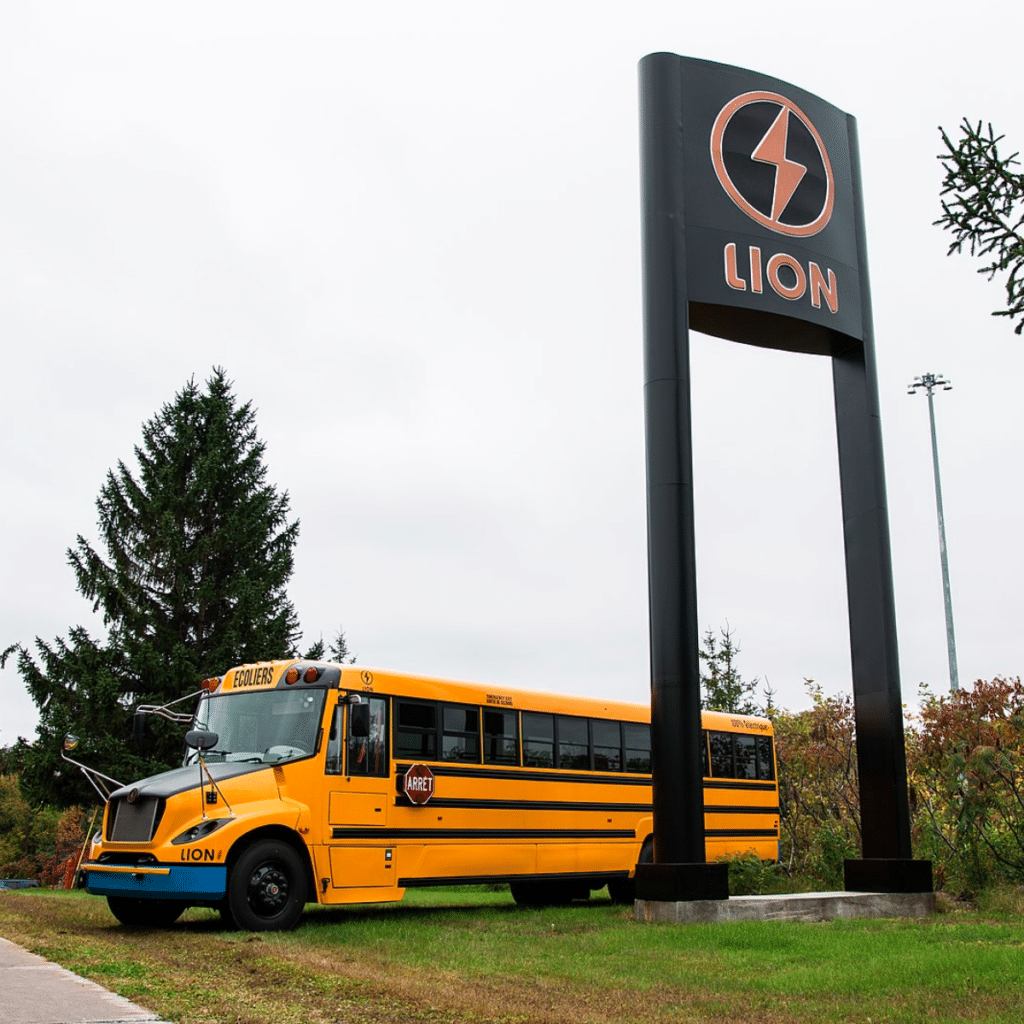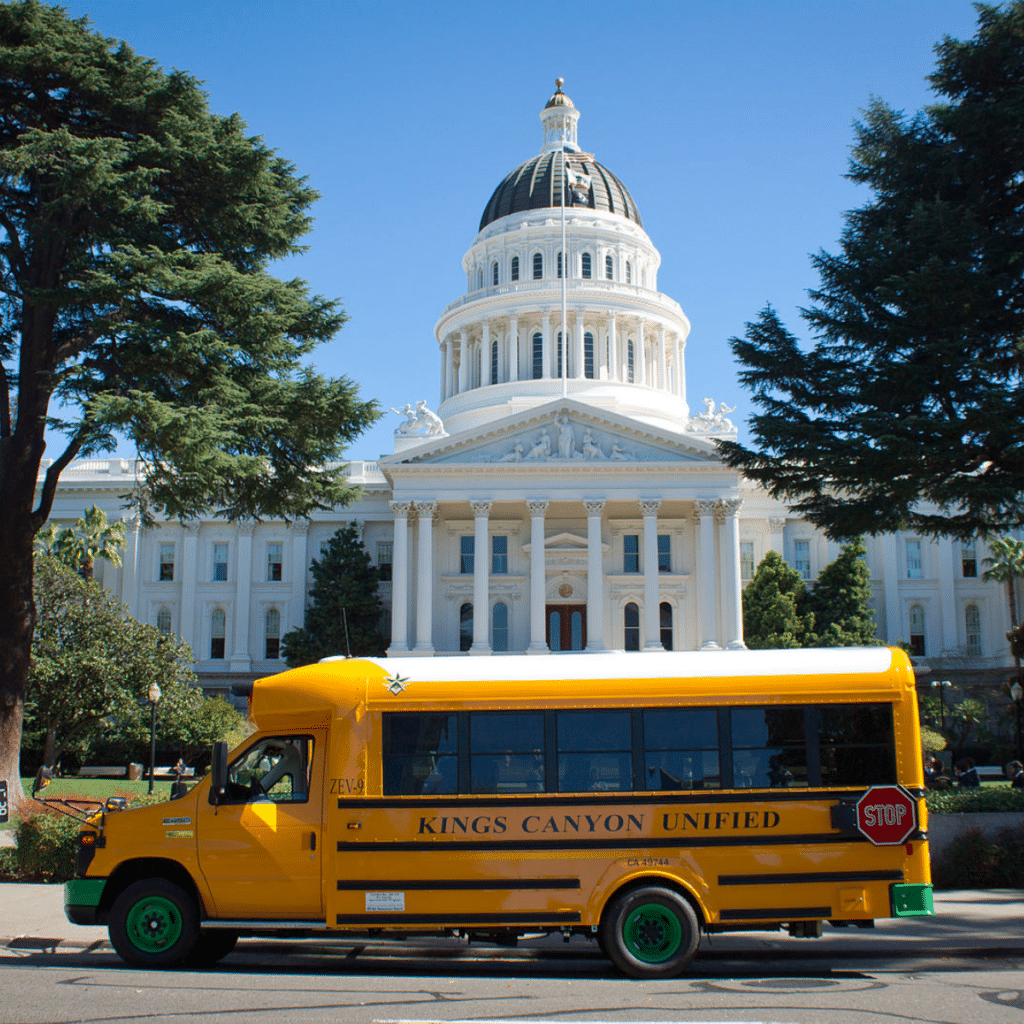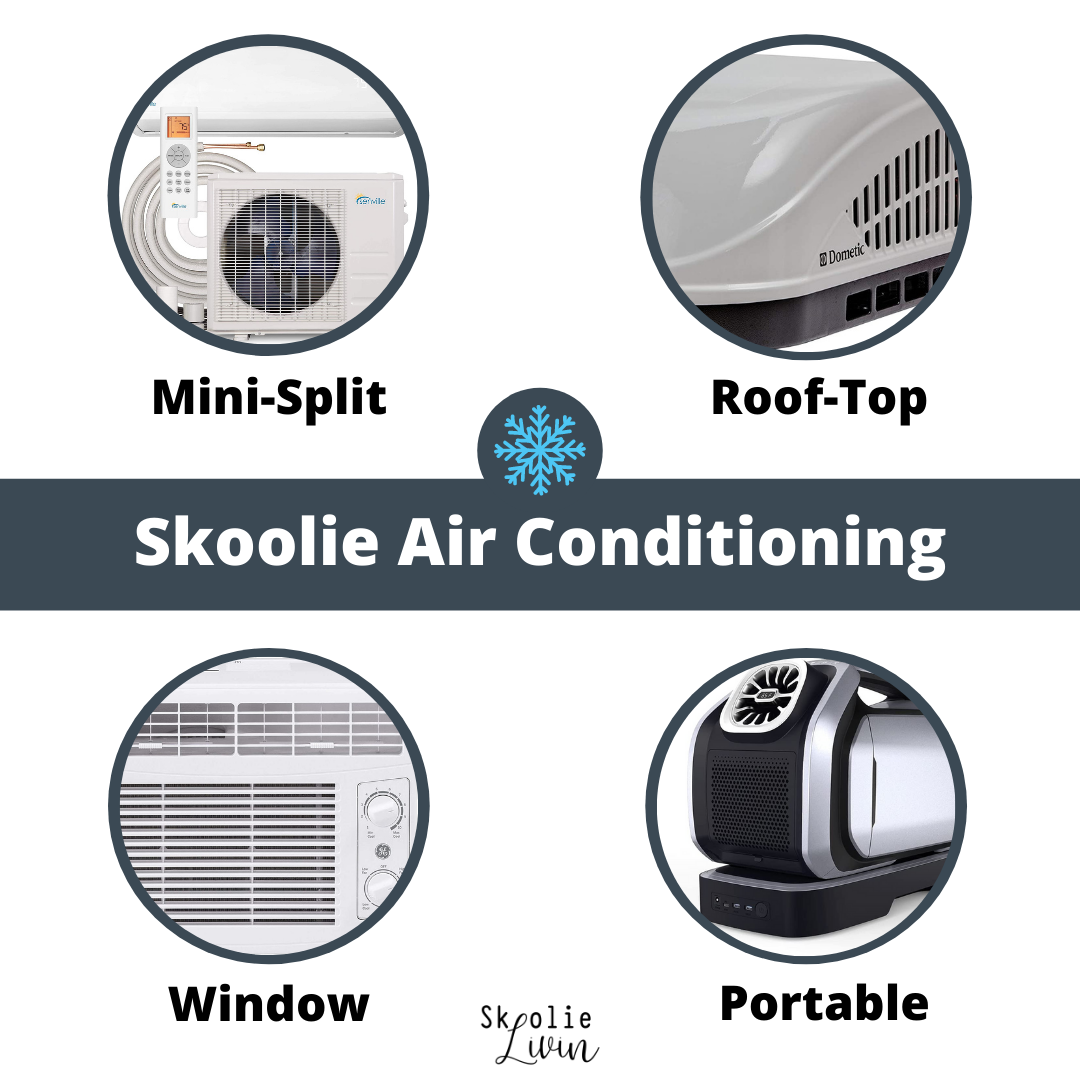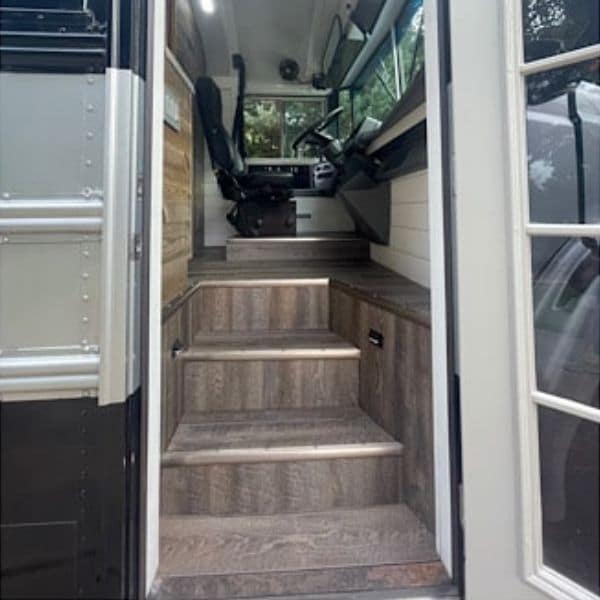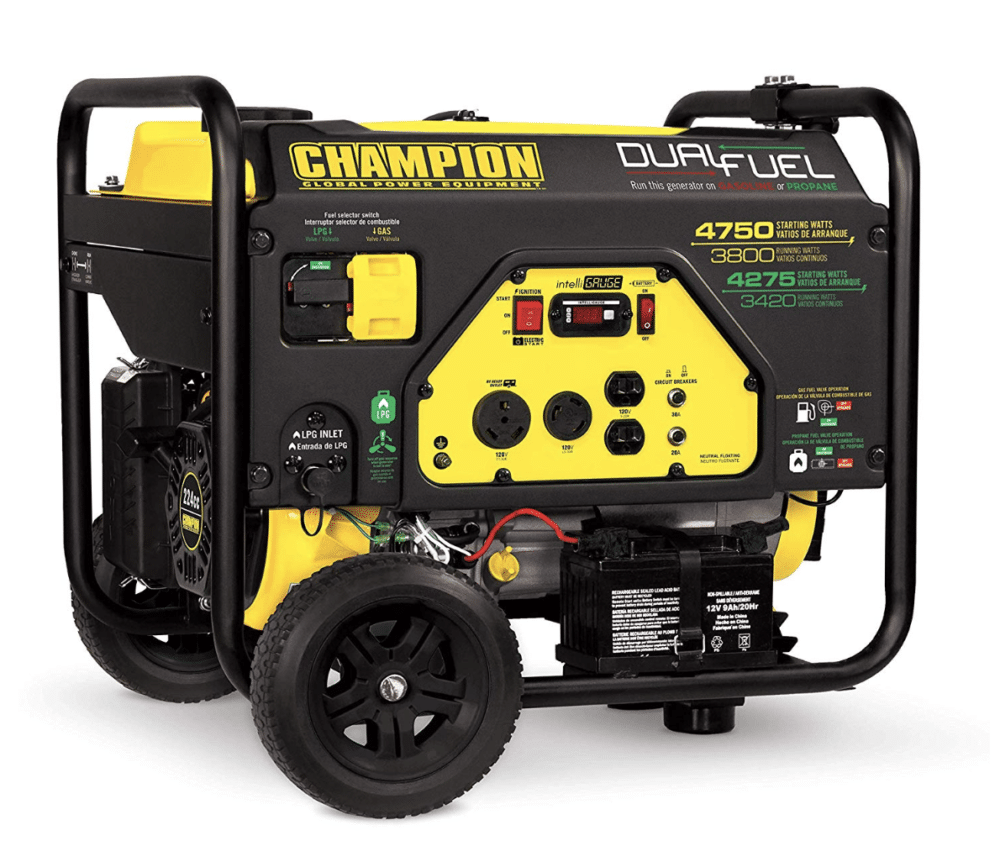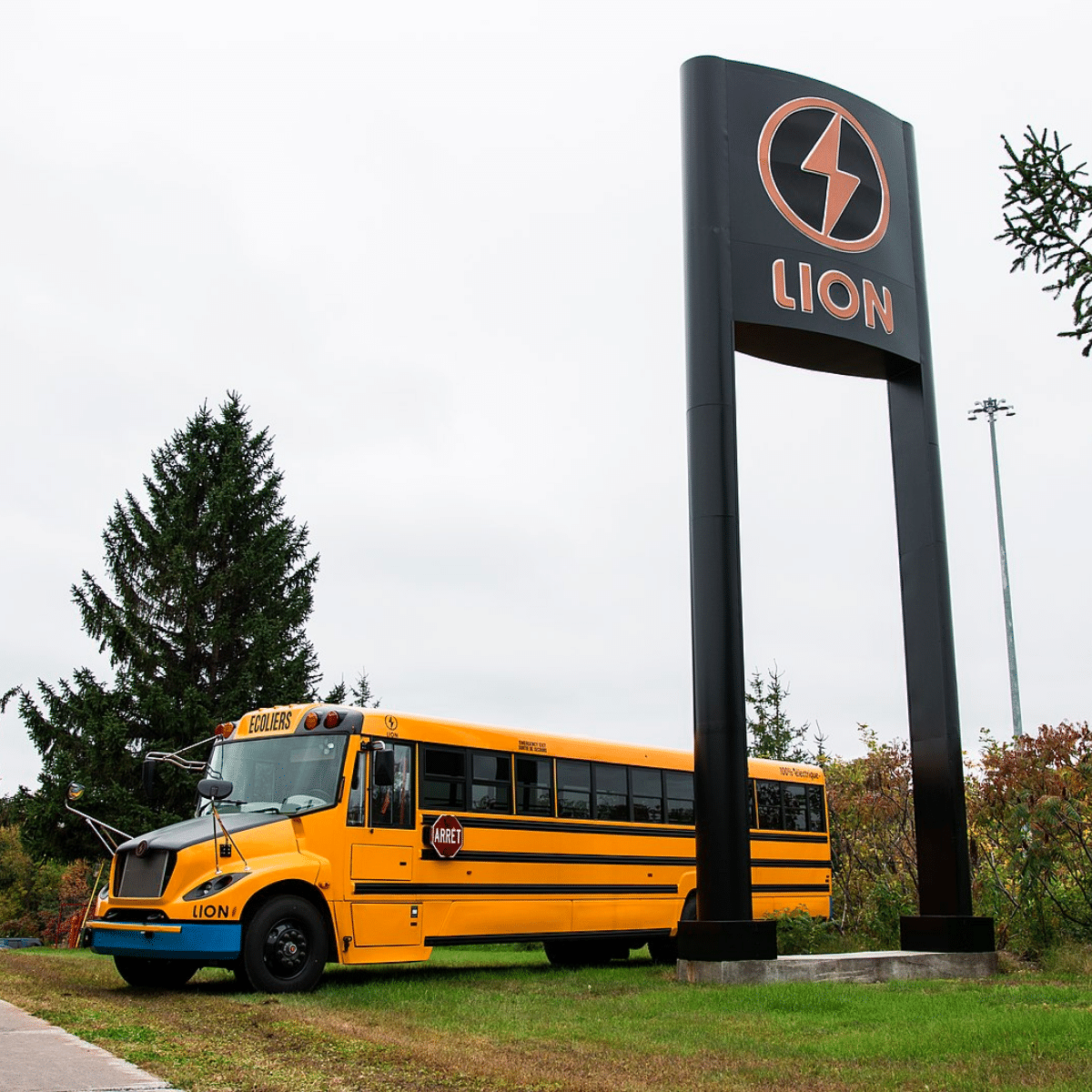
It might seem like we are far away from seeing electric school bus conversions anytime soon since electric school buses make up about 1% of the total school buses in service today. However, the adoption rate of electric school buses is rapidly increasing due to government mandates and incentives, which inherently bring electric school buses for sale on the aftermarket in the near future.
In this article, we dive into:
- Rapidly Growing Electric School Bus Adoption
- Potential Electric School Bus Conversion Benefits
- When Will Electric School Buses Hit the Aftermarket?
- Electric School Bus Cost
- List of Electric School Bus Manufacturers
Rapidly Growing Electric School Bus Adoption
The automotive industry is transitioning product lines from vehicles running on fossil fuel internal combustion engines (ICE) to a new breed of electric vehicles running on batteries. Automakers are creating products for both the consumer and commercial markets, but it may take some time for electric vehicles to outnumber ICE vehicles on the road. In the meantime, there’s an opportunity to learn more about the evolution of mobility and prepare for the variety of new uses electric vehicles bring to the aftermarket.
Battery-powered school buses now make up about one percent of approximately 500,000 school buses actively in service for student transportation in North America. A small but growing number of school districts are replacing their older fossil fuel buses with new electric buses. Forward-thinking bus operators have been motivated to turn over their fleets for better occupant health, improved environmental impact, and the desire to eliminate fuel costs and ICE engine maintenance.
Clean bus numbers are expected to increase through recent state and federal government incentives. Government grant money is now flowing into school district budgets to expand electric school bus fleets.
At the same time, communities are entering partnerships with utility companies and private organizations to build charging infrastructure for both consumer and commercial vehicles. In many cases, school bus operators are building their own charging infrastructures in their yards and training their staff on how to maintain and operate electric vehicles. In some cases, school districts are getting a return on the investment by delivering unused electric power back to utility grids for a profit.
All-electric vehicles (EVs) have motors that use a large traction battery pack for power. Instead of pumping liquid fuel into a tank, owners must plug their electric vehicles into a wall outlet or charging equipment, also called electric vehicle supply equipment (EVSE). The major benefit of an electric vehicle is that it emits no exhaust from a tailpipe, so it does not contain the typical liquid fuel components, such as a fuel pump, fuel line, or fuel tank. The side benefit is more interior space available where all the ICE components used to be, making more room for passengers and cargo.
Potential Electric School Bus Conversion Benefits
When it comes to electric vehicles, customers need to relearn how they are configured and powered. The ICE engine and all its components are gone and replaced by battery packs containing up to 250 two-volt cells (250x 2-volt cells). The longest buses have up to 240 kWh engines and 240 kWh batteries, while the shorter ones have up to 160 kWh engines and 160 kWh batteries.
To put this into perspective, the 240 kWh battery in the longest bus is like having 200 of the 100 Ah lithium-ion batteries and the 160 kWh battery in the shorter buses is like having 133 of the 100 Ah lithium-ion batteries most skoolie owners use for building battery banks – like these mentioned in our Best Skoolie Batteries Guide.
Having this amount of battery power already on board could provide those looking to do an electric school bus conversion with all the power they need for a LONG time.
For instance, in the article mentioned above, I went through how we spent $4,000 of 4 batteries to build a 9.6 kWh lithium battery bank that lasts us 3 days before we really need a good charge. Even the smaller bus with 160 kWh battery would store enough energy to last for roughly 40 days before we need a charge if we remained parked.
Obviously, this would be different if we are consistently driving, but then we would always be stopping at chargers when the battery was getting low. Essentially having unlimited access to power.
When Will Electric School Buses Hit the Aftermarket?
Electric school buses have been around since the 1990s but in very small numbers. It is taking some time for today’s electric school buses to be taken out of service and sold in the aftermarket. As electric school buses grow in numbers, they will offer the aftermarket more opportunities to build tiny homes that tread even more lightly on the environment than diesel bus conversions.
The question is… when?
There are two components that will determine when we will see electric school buses hit the aftermarket so we can start converting them into skoolies.
- Adoption Rate
- Service Life
I’ll dive into each of these to try to predict when we can see electric school buses hitting the aftermarket.
Electric School Bus Adoption Rate
Through incentive grants, federal, state, and local lawmakers in the U.S. are encouraging the full adoption of electric vehicles to eliminate environmentally harmful greenhouse gases.
The biggest amount of money now comes from the newly enacted $1.2 trillion Infrastructure and Jobs Act, which includes a $5 billion U.S. Environmental Protection Agency Clean School Bus program. Half of the funds are dedicated to electric school bus projects, while the rest of the funding supports projects to increase school vehicles powered by biofuels, CNG, LNG, and propane. The federal funding aims to increase adoption and lower electric bus costs. We are likely to see even more electric vehicles come off the line, and bus makers may start to get economies of scale on crucial electric components, like batteries.
California already had requirements in place to become a state of zero-emission. By 2035, all new passenger vehicles sold there must be zero-emission, and by 2045 all operations of medium- and heavy-duty vehicles must be emission-free where feasible. The California Energy Commission School Bus Replacement Program is offering $94 million in grants to help public school districts replace old diesel school buses with electric vehicles.
President Biden also signed an executive order setting 2030 as the target date for when half of all passenger vehicles sold in the U.S. must be emission-free. Most automakers are aligned with that goal by producing more consumer-side electric vehicles and charging stations. States are slowly enacting mandates requiring 100 percent electric school bus fleets before the mid-part of this century.
With all that said, the government is behind the push for school buses to go electric and most public schools get government money for their school buses, so we will begin to see more and more electric school buses being adopted as the current fleets of internal combustion engine buses end their service life over the next 10 years.
Electric School Bus Service Life
The electric school bus vs internal combustion engine school bus life expectancy studies has little data. If we assume electric school buses are taken out of service similar to mechanical engine school buses, we will start to see electric school buses really hit the market in 10-15 years.
However, there is a chance that electric school buses could stay in service either longer or shorter. It really depends on how they perform, how much the buses are used, and the environment they are kept in.
For instance, electric school buses that are garage kept or are located in climates that remain mild throughout the year, that are kept properly charged/cycled, and/or only used for local runs could theoretically last 20-30 years.
On the other hand, buses in extreme heat or cold climates, are used as power banks for the town/city while parked, and/or are consistently cycled through complete charge/discharge cycles on a daily basis may only last 5-7 years. In this case, the battery capacity may be decreased and motors may need to be replaced, causing schools to retire them early.
Taking into account both adoption rate and service life, we will see electric school buses become a larger percentage of buses for sale on the aftermarket by 2035.
Electric School Bus Cost
The current cost of a new electric bus is approximately $120,000 more than an internal combustion engine bus. This can be at least two to three times more expensive than buses powered by diesel or another alternative fuel.
Refueling an electric vehicle is often less expensive, which saves money over time. Electric school buses also generally require less maintenance. The electric motors have fewer moving parts and the most expensive part of regular upkeep is replacing the battery.
The key driver for total cost of ownership is the battery, which the battery of electric school buses makes up half of the initial bus price.
Currently, the estimated life for an electric school bus battery is six to ten years, with a maximum total useful life of 12-15 years before the battery needs to be replaced.
Replacement batteries may be over $50,000 right now. This cost is expected to significantly drop in the future with advancements in battery production, reduction in costs in the battery component and material supply chains, and other efficiencies gained as the adoption rate continues to grow.
Lithium-ion battery chemistry is the most common for electric school buses. Lithium-ion batteries have a high energy density, which is ideal for portable stored energy. Electric buses have plug-in ports for charging, which can take anywhere from two to eight hours based on the charger’s current. Battery range varies on electric school buses, but they are improving over time. Batteries typically have a 12-to-15-year total useful life. After ten years, range may decline by 30 percent.
List of Electric School Bus Manufacturers
Several vehicle manufacturers already are competing to become the dominant players in the school bus market. Older school bus companies are shifting their production lines to build electric vehicles, although in smaller numbers compared to diesel vehicles. New school bus companies are entering the market with entirely electric vehicle product lines.
Blue Bird Corporation
Operating since 1932, Blue Bird has been producing school buses fueled by diesel, gasoline, propane, compressed natural gas and electric batteries. Blue Bird was the first in the market to produce electric school buses in 1994. The company obtained a $4.5 million federal grant in 2016 to develop fully electric buses. In 2018, the company started producing and marketing Type C and Type D electric bus models with a lithium-ion battery of 160 kWh capacity. The design provides a range of up to 120 miles. Blue Bird also sells charging stations that can recharge electric buses overnight.
Micro Bird (associated with Blue Bird)
Micro Bird is a bus body produced by Blue Bird Corporation. In 2021, Micro Bird began delivering a Type A Micro Bird G5 electric school bus to customers in the U.S. and Canada. The bus takes from two to eight hours to fully charge, and the company offers three levels of fast-charging options based on times-to-charge. The bus has battery capacity of 86.7 kWh with a maximum life of 2,000 complete cycles.
Collins Bus Corporation
In 2018, Collins began delivering its Type A electric school bus with a range of 75 miles and a battery capacity of 106 kWh. The bus utilizes Motiv Power Systems Electric Powered Intelligent Chassis, based on the Ford E-450 platform. The system’s commercial battery packs require eight hours to fully charge. The buses support both Level 2 AC charging and Level 3 DC fast charging, with integrated vehicle-to-grid (V2G) capabilities.
GreenPower Motor Company
The company offers a complete line of commercial electric vehicles for hauling cargo and people. In 2007, the company introduced its Type D electric bus, now called the Beast. The basic model has a battery capacity of 100 kWh, which can be raised to 200 kWh depending on charging needs of the bus. GreenPower sources its components from global suppliers, including Siemens, ZF, Knorr and Parker.
IC Bus (Navistar International Corporation)
IC introduced its concept Type C electric school bus called ChargE in 2002. The bus has a quiet drivetrain from Volkswagen that produces no emissions. The ChargE has a range exceeding 75 miles and the powertrain can deliver up to 260 kWh. In 2020, the company started producing and marketing the buses under a new business unit called NEXT eMobility Solutions. Several vehicles already are in service in U.S. and Canadian school bus fleets.
Lion Electric Company
Lion Bus changed its name to Lion Electric Company in 2018 when it turned its focus to producing commercial electric vehicles. The company creates, designs, and manufactures all-electric class 5 to class 8 commercial urban trucks and all-electric buses and minibuses for school, paratransit and mass transit segments. Three electric school buses currently are offered, including LionA (Type A), LionC (Type C) and LionD (Type D) buses. The battery packs have capacity of 220 kWh with ranges up to 155 miles and 15 years of life.
Starcraft Bus
Through a joint venture in 2018, Starcraft Bus began delivering of three types of electric school buses powered by an electric drivetrain technology. Smaller models include the Starcraft Allstar 22 electric shuttle and the Type A E-Quest DRW, both built on the Ford E-450 chassis. The Starcraft E-Quest XL is a Type C with an all-electric chassis by Motiv Power Systems. The buses have battery capacity of 127 kWh with a range of up to 130 miles on a single charge.
Thomas Built Buses
In 2020, Thomas and supplier partner Proterra started producing the all-electric Saf-T-Liner C2 Jouley school bus. Jouley is powered by Proterra electric vehicle technology and is configured with 220 kWh of total energy capacity, a two-speed transmission, and an estimated operating range of up to 135 miles. Thomas also offers DC fast charging architecture as standard equipment. Jouley charges in about three hours and can supply power back to the power grid using vehicle-to-grid (V2G) technology.
Trans Tech
Trans Tech debuted its electric Type A school bus in 2011 and started U.S. deliveries in 2014. Through a partnership with Motiv Power Systems, Trans Tech manufactures the Type A eTrans and SST-e buses built on the Ford E-450 chassis. The models come with four or five battery packs (capacity 127 kWh) providing top speed up to 65 miles per hour and running range of up to 105 miles. The on-board fast charging technology enables the battery to attain 50 percent charge in less than an hour and full capacity in eight hours.
